Alright, so this all started with my interest in hash codes. After doing some reading from a Jon Skeet post I asked this question. That got me really interested in pointer arithmetic, something I have almost no experience in. So, after reading through this page I began experimenting as I got a rudimentary understanding from there and my other fantastic peers here on SO!
Now I'm doing some more experimenting, and I believe I've accurately duplicated the hash code loop that's in the string implementation below (I reserve the right to be wrong about that):
Console.WriteLine("Iterating STRING (2) as INT ({0})", sizeof(int));
Console.WriteLine();
var val = "Hello World!";
unsafe
{
fixed (char* src = val)
{
var ptr = (int*)src;
var len = val.Length;
while (len > 2)
{
Console.WriteLine((char)*ptr);
Console.WriteLine((char)ptr[1]);
ptr += 2;
len -= sizeof(int);
}
if (len > 0)
{
Console.WriteLine((char)*ptr);
}
}
}
But, the results are a bit perplexing to me; kind of. Here are the results:
Iterating STRING (2) as INT (4)
H
l
o
W
r
d
I thought, originally, the value at ptr[1] would be the second letter that is read (or squished together) with the first. However, it's clearly not. Is that because ptr[1] is technically byte 4 on the first iteration and byte 12 on the second iteration?
 Sorry about the dodgy arrows.. I think my mouse batteries are dying
Sorry about the dodgy arrows.. I think my mouse batteries are dying